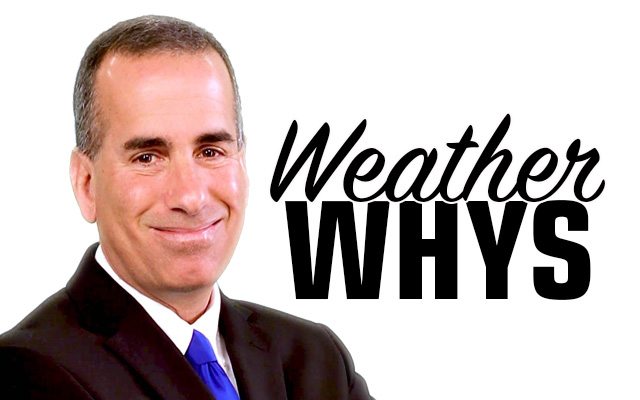In each of the past two months, November and December, both Houlton and Caribou recorded their warmest high temperature on record for each of those months. First, on Nov. 10, Caribou reached a jaw-dropping 75 degrees. In eight decades of record-keeping there, it had never even reached 70 in the month of November.
Then, on Dec. 1, Caribou’s 60-degree high temperature crushed the old date-record of 48, while setting a new “any December date” record, eclipsing the old one of 58. That 60-degree high was also the warmest temperature on record for any of Caribou’s meteorological winters.
Yes, there is something called, “meteorological winter,” and it is comprised of the months of December, January and February. So you’ve got 90 days there, and let’s call it 80 years worth of records (records at Caribou date back to 1939). So 90 days times 80 years is 7,200 days. That means that out of 7,200 days of meteorological winter on record at Caribou, Dec. 1 of 2020 was the warmest of them all. That’s a “Wow.”
And keep in mind that all of this follows our hot, dry summer, where Caribou sailed past the old record of 51 days in the 80s, by tallying 57 of them, with 29 of them 85 degrees or warmer, and 9 being 90 degrees or warmer, including a hottest-on-record-tying 96 degrees on June 19.
So let me tell you a bit about me and the weather. They tell me that the first phone call I ever made was 936-1212 — the local weather report. I knew when the updates were due, so I dialed (we had a dial phone) and when the report came on I’d know in the first partial syllable whether it was “the new one.” If it was the new one, and if snow projections had been increased, it was beyond exciting.
Most people in my field will tell you, and I’m no exception, that they were just born with a fascination with weather in their blood. I can remember staring at the streetlight out of our dining room window in anticipation of seeing the first flake from a forecast snowfall. I always felt charged-up anytime there was weather of significance in the forecast. I loved the ever-changing palette of the sky. There was something energizing about impending weather changes. My father bought me a Taylor barometer and I gazed at its needle many a time.
My mother took me for a lot of walks in our wooded community, where the homes were built to fit the existing landscape. On these walks I would look for cloud types that I had read about in my field guide (my favorite field guide now, and one which I highly recommend, is the Audubon Society Field Guide to North American Weather). Soon, I came to learn what basic cloud progressions meant in terms of the upcoming weather.
That same skill set is one I continually advocate for, in terms of it being integrated into school weather units here in The County. Actual field observations — can’t beat them. And weather-savvy kids grow up to be weather-savvy adults. I can’t tell you how many times I’ve heard, “It came out of nowhere,” when a person in the know, cloud-wise, could have seen “it” coming.
By the way, the community in which my mother and I walked is called Hollin Hills. It’s just south of Alexandria, Virginia. Look up “Hollin Hills,” and you’ll see how the houses were sited. I lived in the same house, on Popkins Lane, until I went off to college.
My most significant weather memory on Popkins? No contest: the President’s Day storm of 1979, which buried our picnic table, such that it appeared only as a white mound. This was way beyond unheard-of for an area which averages a mere 16 inches of snow each season. Snowfall rates during the storm were as high as four inches per hour.
Following my childhood passion, I went on to earn a master’s degree, studying under the great Dr. David Arnold, who specialized in severe local storms. Every one of my colleagues who took his classes, now realize that they were taught by one of the giants in the field.
Professionally, I hold the Seal of Approval from both the American Meteorological Society, and the National Weather Association.
In my 14 years at WAGM, one of my favorite moments was helping a boy, at the request of his mom, overcome his fear of storms. The trick? I just showed him how to read the signs. (For thunderstorms, it’s a trend where cumulus clouds get significantly taller and broader with sharply defined, sculpted edges.)
By knowing how to recognize a possible storm brewing, his fear of them vanished, and then I told him that now he can be the person who alerts the other kids. (And I get the double bonus of not only helping this kid, but getting more kids to look at the sky.)
His mom sent me a wonderful thank-you note, saying that not only was his fear gone, he was back to playing with the other kids at recess as he always had, prior to the storm-fear setting in.
Ted Shapiro holds the Broadcast Seal of Approval from both the American Meteorological Society and the National Weather Association. An Alexandria, Va. native, he has been chief meteorologist at WAGM-TV since 2006. Email him at tshapiro@wagmtv.com.





